As everything, also every Digital Audio Workstation since their first occurrence has their strengths and weaknesses. And because we don’t want to be slaves to our audio equipment and use mostly just the strengths of each of them, sometimes we get into the situation, where it seems useful to use different DAWs at the same time.
In that way, they can hopefully serve the purposes of our creativity more and not the other way around.
Why Would One Like to Rewire?
For some of those purposes, there is the Rewire protocol, which makes it possible to connect different DAWs to run simultaneously. Even if the ReWire protocol can be very useful, one can quickly encounter certain limitations. In ReWire mode, there is always one of the DAWs treated as master and the other as slave. In such a case we have limitations of using “3rd party plug-ins” in the slave sequencer, which can be a big limitation. That said, it is actually not a problem of the protocol, since some DAWs (e.g. Reaper) can do it, but still, we don’t want to be dependent on the good will of our equipment or better said their programmers.
That’s why I will present the synchronisation of two sequencers on one computer through MIDI Clock here. Connecting software this way avoids the limitations that normally arise in ReWire mode.
As an example I will take Cubase 7 and Ableton Live 9 as two of the most widespread and well supported DAWs on the market. Of course, the principles are applicable to every DAW out there.
My Test Equipment:
- Cubase 7.0.0 (32-bit)
- Ableton Live 9.0.2 (32-bit)
- Mac OS X 10.7.5
How Is It Done?
First of all, if we want to connect two or more sequencers on the same computer, we need a software, that will act like a communicator between the two DAWs.
- One can be found at Nerds.de, where the ipMIDI software can be downloaded. It seems there is no real explanation, why the Mac version is totally free of charge, while Windows users can only download a demo version, which will work for 60 minutes and after rebooting the whole system every time for 60 minutes.
- After the simple installation, Audio MIDI Setup must be opened, which is located in Applications > Utilities. In the MIDI window, the ipMIDI icon must be found. It’s crucial to enable the Loop Back option, as it tells the software that we will be sending MIDI data between applications on the same computer. It’s also important during this process to have all audio applications closed.
Audio MIDI Setup - Next the two applications need to be started. As we don’t want to end up in ReWire mode, we have to start Ableton Live 9 first and then Cubase 7, otherwise Cubase automatically identifies Ableton as his slave software.
- Since at the end of the day Cubase is still the bigger, more widely used DAW than Ableton, we will use it as the main DAW, from which MIDI clock is sent to the another application.
- One has to open the Project Synchronization window from the Transport toolbar. At the bottom of the pop-up window at MIDI Clock Destinations, ipMIDI Port 1 and MIDI Clock Follows Project Position option should be enabled. All three terms seem to be self-explanatory.
Project Synchronization window - All there is left to do, is to set up Ableton to receive Midi Clock information from Cubase. Settings must be done in the Preferences window, in the MIDI Sync tab. In the row MIDI Ports Input – ipMIDI (Port 1), Track, Sync and Remote have to be turned on, as shown in the picture below.
Ableton Live 9 Preferences – MIDI Sync tab - Finally it is crucial to set Ableton to External Sync. In this way it will be looking for an external MIDI clock, which will be found in Cubase.
Ableton Live 9 External Sync
Now both DAWs should run in sync with one another. As always, there are many different ways of doing the same thing, but this one seems like one of the better ones.
There are plenty more Ableton Live tutorials where this one came from.

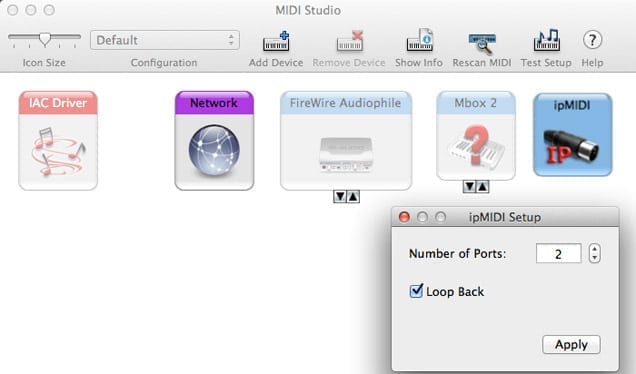

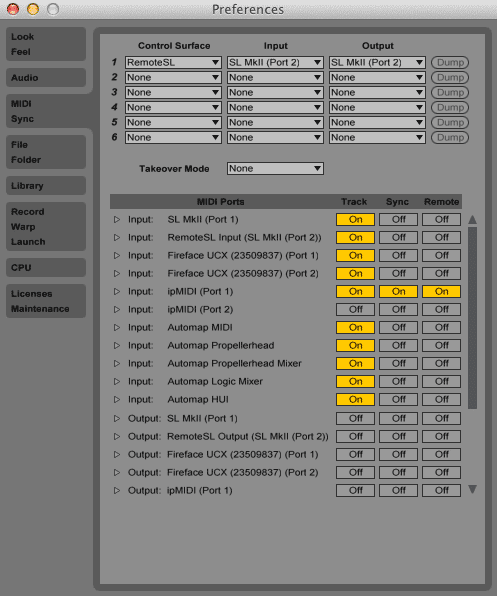
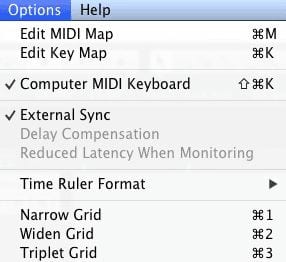
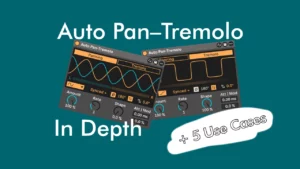
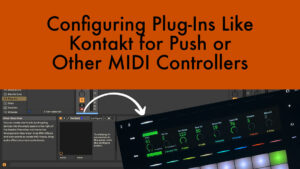

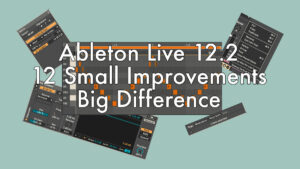
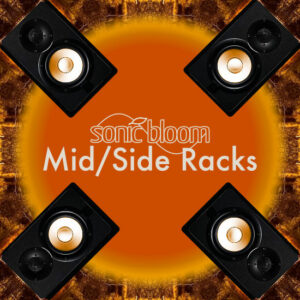
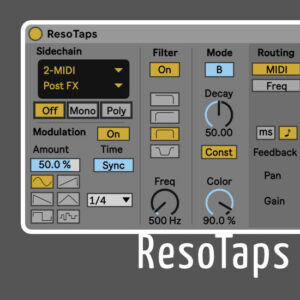



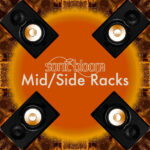



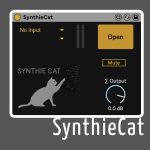
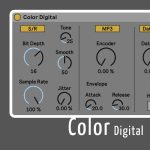
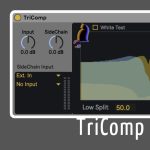
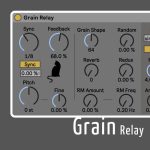
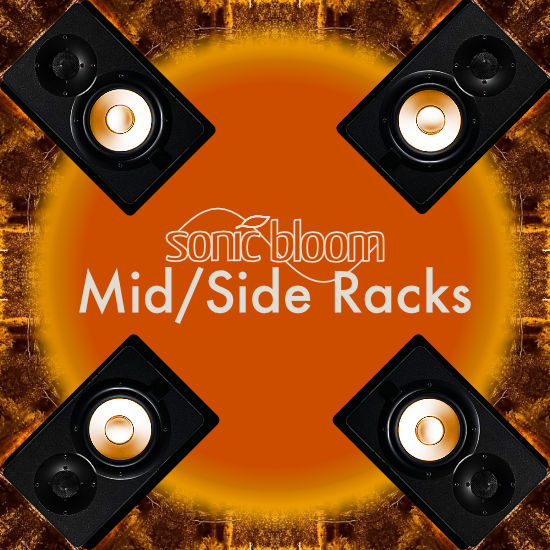
27 responses
In OS X, you don’t need third party software like ipMIDI. You can use the built-in IAC (inter-application communication) Driver to accomplish the same task. You can see the IAC Driver on the left hand side of your Audio MIDI Setup screenshot above.
I would just like to add that I’ve had success in the situation where Ableton is the REWIRE MASTER, while at the same time responding to EXTERNAL MIDI CLOCK. Thus, Ableton CAN act, as a simultaneous rewire master and MIDI clock slave.
Sweet!
Yes, that’s one of the good things with Ableton Live.
Hi, this is great info, thanks, very informative.
Can you describe the workflow?
For example, if I’m working in Live but want to record an instrument from Cubase (or Logic in my case) to a Live track, how would I do it? Or vice-versa?
Just some basic user steps would be good!
Thanks again,
AW
@RIchard,
Yes, it true. it is possible to do it also this way.
@AW
I don’t see really any advantages to record directly from Logic to Live or vise-versa. Actually is just additional work.
I would suggest to record audio signal into the chosen DAW and then move it, either by drag-and-drop from one DAW to another or by finding recorded audio file on disk (Finder) and import it into the desired DAW.
b.
Matija
thank you its great!
but, when i work on the Abelton window i cannot move the cursor or stop/play
i need to go to the cubase window to do all that
that almost impossible to work like that.
is there a way i can make the both DAW to act as master and slave at the same time,
wich meen that i can work on either one and the other DAW will play as well
No, unfortunately this is not possible. You have to choose which DAW is supposed to be the master and which one the slave.
Hi Avraham,
It is true. it is a bit annoying.
It is possible that you assign your hardware midi controller (example: Korg Nano – play, stop, rewind buttons) in Cubase. this allows you to control play/stop function of Cubase without mouse. The same still applies when you are in Ableton window.
Important: You have to turn the recognition of this Hardware controller to off-modus in Ableton, so that it is not recognized by the slave application.
I hope it helps to solve the problem.
Best,
Matija
About a wish to connect them other way around (Ableton Master – Cubase Slave) – Steinberg put is clearly in their manual.
“Cubase does not support being a MIDI clock slave.”
Operation Manual, Page 653
Best,
Matija
thank you for your reply.
do you know a way i can route an audio signal from ableton audio track to cubase audio track?
to be able to export a song…or to record tracks from abelton to cubase.
ive been trying Soundflower but cubase is not supporting 2 differnet devices one for the input and one for the output as abelton does..
Thank you
Avraham
Have you tried ReWire? You can route any number of tracks from the slave to the master DAW.
Yes, as Madeleine said. You have to pay attention to ReWire routings. And in Cubase you have to enable as many ReWire inputs as you send them out from Ableton.
The other way is simple to export a song in separate audio files and then import them into a Cubase session.
In Ableton: export –> Rendered Track –> All Tracks
Hallo Matija,
sehr interessanter Beitrag, ich wußte bisher noch gar nicht das es diese Möglichkeit neben Rewire gibt.
Eine Frage zu Midi Clock: Erscheint in deinem Fall Ableton auch als Spur im Mixer von Cubase und nutzt dessen Masterausgang? Ich lege bei der Arbeit in Cubase + Reason gern verschiedene Plugins auf den Masterausgang in Cubase, ist das über die obige Variante weiterhin möglich?
Ich bin seit kurzem auf Cubase 7.5 umgestiegen und nutze dies noch mit einer älteren Version von Reason 4 als Slave per Rewire. Ich habe nun das Problem das beides nicht mehr richtig synchron läuft und immer starke Knackgeräusche zu hören sind wenn ich ich im Reason Sample Browser Sounds abspiele. Hast du dies zufällig auch schon mal ausprobieren können?
Danke
Hallo Thomas,
Nein, in dem Fall nicht. Du muss dann irgendwann “Master-Output” oder die “Separate Tracks” aus dem Ableton exportieren und in Cubase reinladen.
In diesem Fall muss du verschieden DAWs als separate Bandmaschinen betrachten.
Ich würde zwei Sachen überprüfen.
Erstmal ob die Sample-rates in beiden DAWs gleich eingestellt sind.
Wenn das nicht der Fall ist, versuch dann den Buffer size im Master-DAW höher einzustellen.
Gruß
Matija
Hallo Matija,
Danke für deine Tipps bezüglich meinem Rewire Problem Cubase/Reason.
Die Samplerate habe ich überprüft, allerdings kann ich im Rewire Modus die Samplerate usw. ja nur beim Host einstellen?
Mit der Buffersize habe ich auch schon herumprobiert, leider auch ohne große Veränderungen.
Meine Vermutung ist das sich sich Rewire bzw die Anbindung von Rewire zwischen dem neuesten Cubase 7.5 und dem schon einiges älteren Reason 4 unterscheidet, weil ich jetzt festgestellt habe das es mit Reason 7 Demo deutlich besser funktioniert. Allerdings finde ich dazu leider keine weiteren Infos im Netz ausser das beides eigentlich auf Rewire 2.0 aufbaut. Den Support von beiden Herstellern scheinen Anfragen diesbezüglich auch nicht zu interessieren…
Es wäre deshalb schön gewesen wenn ich vielleicht eine Alternative gefunden hätte ohne das Reason Update kaufen zu müssen weil die ältere Version für mich ausreichend ist, allerdings ist das per Midi Clock etwas unflexibel wenn das so ist das man für Effekte auf den Master-Output die Spuren immer erst exportieren und in Cubase einladen muss :/
My external sync option is disabled. Is it because i’ve got launchpad connected to ableton?
Sync has to be turned on under MIDI/Sync to show up at all. In this case, it’d be the ipMIDI (Port 1) Input for which it is activated. Turning sync on for the Launchpad wouldn’t make sense, because it doesn’t send/receive MIDI clock.
Hi, thanks for posting this article. Can you guide me if it is possible to record a MIDI part in cubase and routing its ouput to a MIDI or Audio track in Ableton.
I ask this because I wish to use some effects of Ableton, while doing all major work in cubase. Thanks.
I’d suggest to use ReWire for this. Here’s a tutorial directly from Ableton including instructions for Cubase.
Hello. This is a great tutorial. Thanks for sharing.
At present, I am using M-Audio Fast Track C400 as my sound card. The problem I am facing is that it can be used by only single daw at a time.
So when I setup my Cubase and Ableton by MIDI Clock method, I dont get any audio output from ableton, because my sound card is being utilised by Cubase. So when I select Fast track in Ableton, it says, the sound card is already in use.
Please suggest me how to tackle this thing. Thanks.
My reply to the comment from Amit should help you as well.
Would you please be so kind to direct me to sync a DAW of a PC with a sampler/device (this sampler can play midi file) of a Mac. Neither softwares is popular nor advanced; they do not have a synchronization tab or option. Can I still make them playback together by making one master and the other slave. I tried configuring Audio Midi Setup on IAC, after successfully connecting the two computers, yet the two softwares are not communicating at all. Thanks
If there’s no MIDI clock synchronisation in the software, there isn’t any way to sync them. I’d suggest to try different programmes, e.g. Reaper is free and available for both Windows and Mac.
With Mac you can use Soundflower as virtual Audio cables. Need to be configured in Audio-MIDI setup (in Audio window) as aggregate device. Cubase (Logic has one) should have a plugin to route external audio (now Soundflower) into the DAW. This way you can record audio signal of your slave with Soundflower as output into your Host .
Soundflower is great, but it’s for routing audio, not syncing. I made a tutorial about it, too.
Thank you! This is amazing!
Great information and tutorial many thanks.